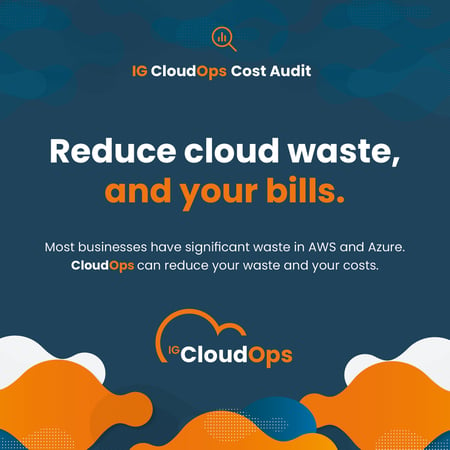
Overview of Azure Managed Services
Azure managed services offer businesses a variety of benefits, including automation, scalability, and cost savings. Automation helps...
Everyone wants to pay less for the same service. If you will commit then you can access savings from AWS. There are several varieties of offers available but today we are going to look at using reserved instances to manage your monthly AWS spend.

Reserved Instances are a billing option offered by AWS that enables you to reserve computing capacity for a specified term. By committing to a contract with AWS, you receive a substantial discount compared to On-Demand pricing. Reserved instances are available in three payment options:
Reserved Instances come in various flavours:
Analyze Your Usage Patterns: Before diving into this, analyze your historical usage patterns. This will help you identify which instance types and workloads are consistent and can benefit from reservation.
Choose the Right reserved instance Type: Based on your usage analysis, choose between Standard, Convertible, or Scheduled. Convertible offer greater flexibility but at a slightly reduced discount.
Strategize for reserved instance Size Flexibility: Consider opting for a size-flexible reserved instance, which allows you to match instances of varying sizes within the same instance family. This is especially useful when your workload's exact size requirements might change.
Blend reserved instances with On-Demand Instances: Don't lock yourself into an all-reserved instance strategy. Use reserved instance for steady workloads and On-Demand instances for dynamic or unpredictable workloads.
Monitor and Adjust: Cloud needs change over time. Regularly review your reserved instance usage and adjust your reservations as needed. AWS offers tools like AWS Cost Explorer and AWS Trusted Advisor to help you monitor your reserved instance coverage.
Leverage Savings Plans: Savings Plans offer similar savings to reserved instance but with more flexibility. They cover a broader range of services and instance families, making them a great choice for organizations with diverse workloads.
Stay Up to Date: AWS frequently updates its offerings and pricing models. Stay informed about changes and adapt your cost optimization strategy accordingly.
Use Third-Party Tools: Numerous third-party tools and services are available to help you analyze your AWS usage, recommend reserved instance purchases, and manage your cloud costs effectively.
Reserved Instances are a powerful tool in your arsenal for optimizing AWS costs. By understanding your workloads, choosing the right types of reserved instances, and regularly reviewing your strategy, you can substantially reduce your cloud expenses while maintaining the flexibility and scalability that AWS provides.
Remember that cost optimisation is an ongoing process, and as your business evolves, so should your cloud cost management strategy. With the right approach, you can harness the full potential of AWS while keeping your budget in check.
At IG loudOps we have run infrastructure in AWS & Azure for over a decade both for ourselves and our customers. We have that hard-earned experience about how to manage costs effectively in the cloud.
Speak to us about how to manage AWS costs today.
Reduce AWS spend: AWS cost optimization is a long-term process, not a one-off
Stop your AWS costs rising with AWS management services
AWS Architecture: Why an AWS architect is unable to fix your cost and performance issues long term
How to Achieve AWS Cost Optimisation to Ensure You’re Getting Value for Money

Azure managed services offer businesses a variety of benefits, including automation, scalability, and cost savings. Automation helps...

Cost optimisation and security are two crucial areas that must receive consideration while using AWS. We will discuss how using AWS management tools will help you save...